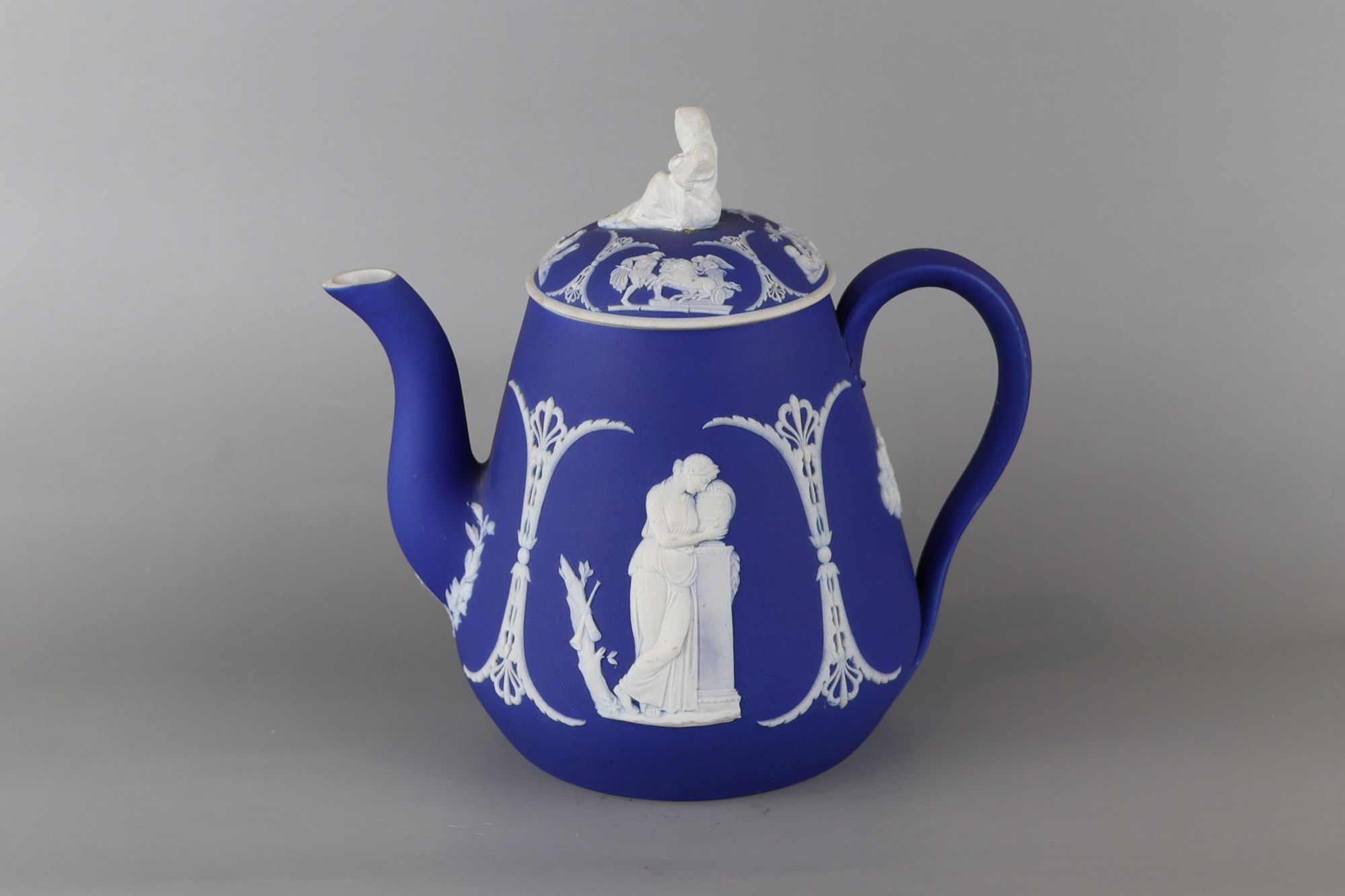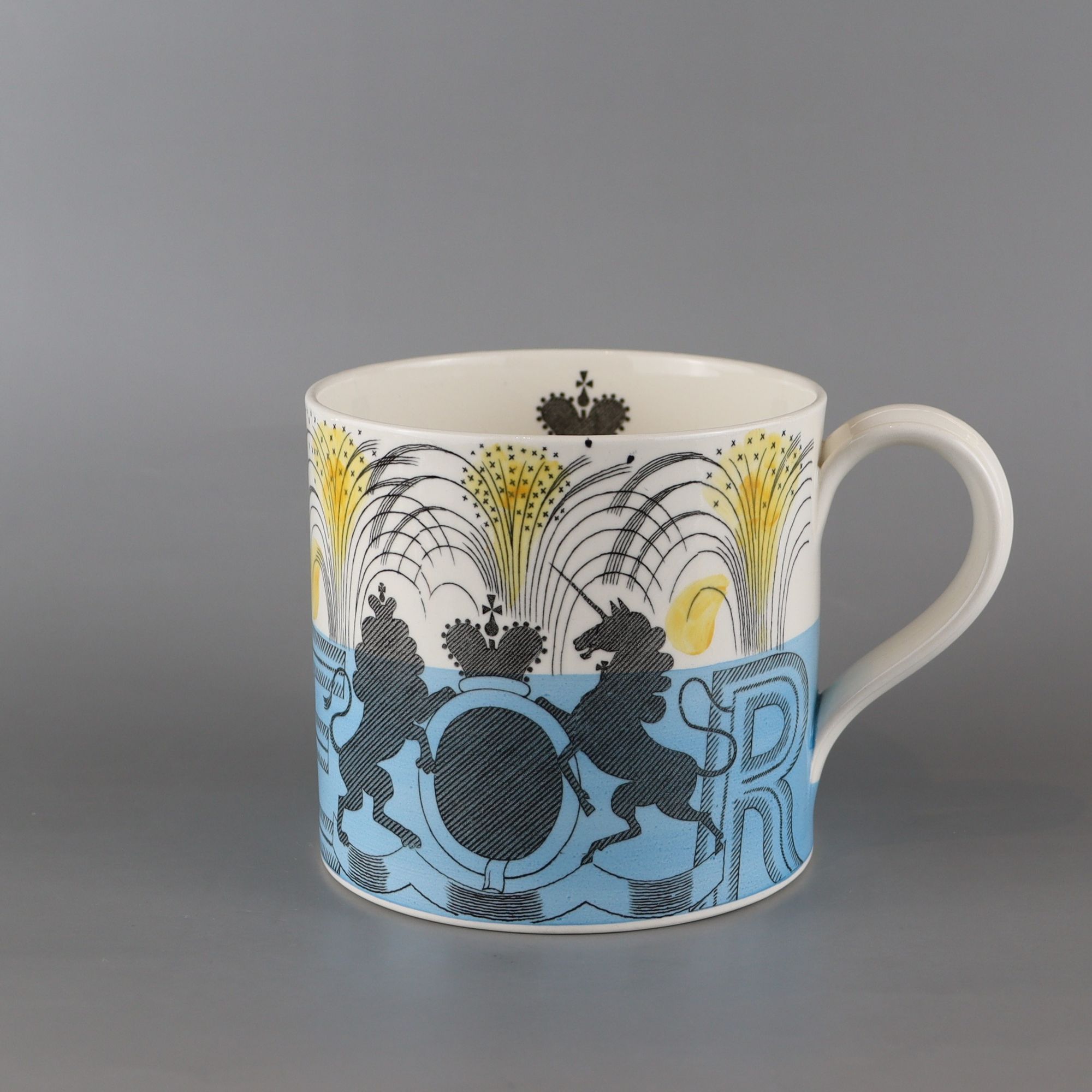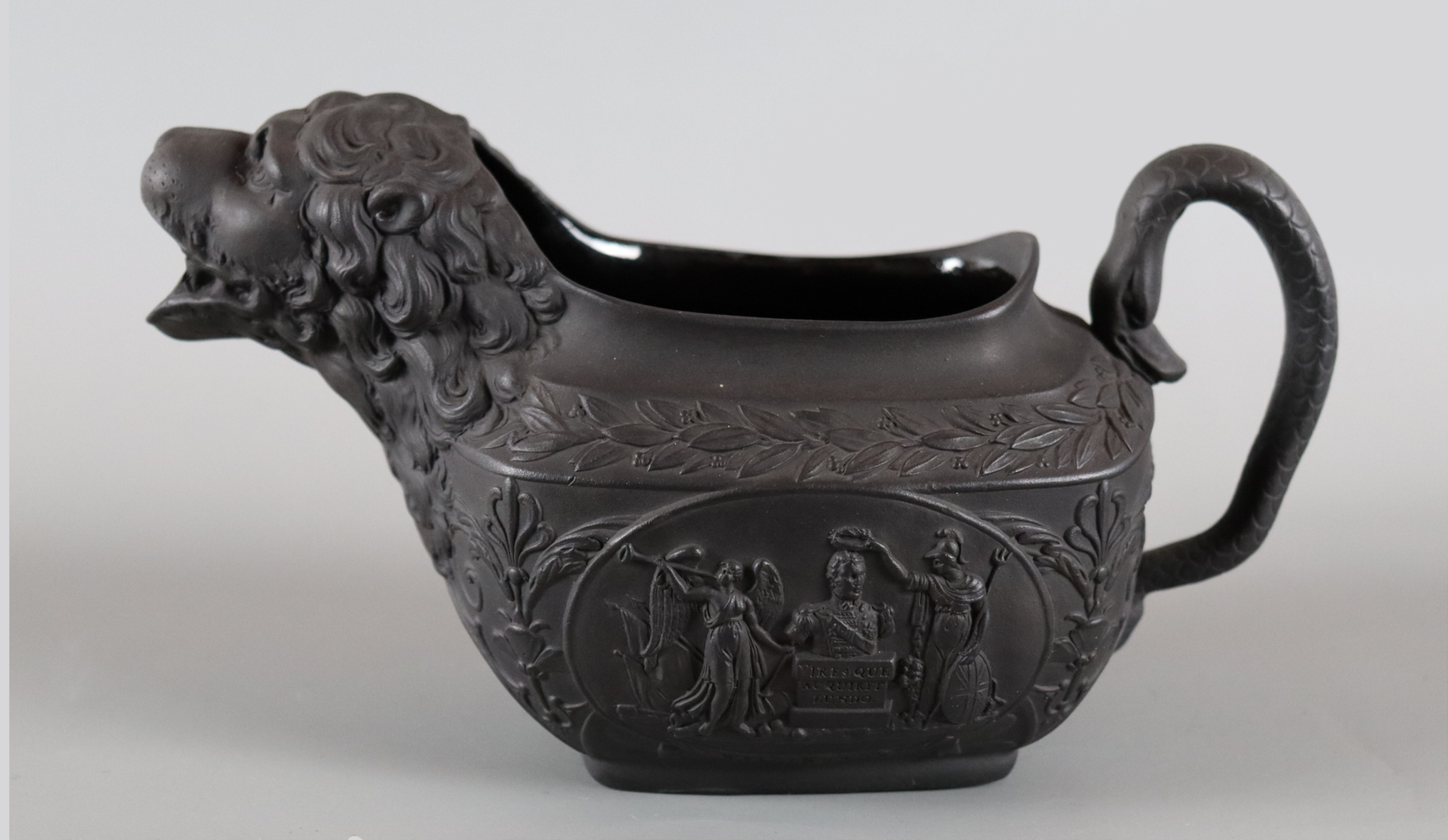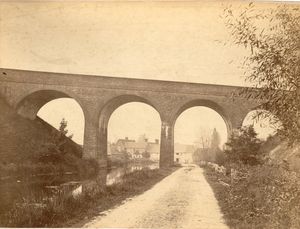Hampshire Cultural Trust has received funding from National Lottery Heritage Fund to help reimagine the Allen Gallery and its nationally significant ceramic collection over the next year. As a part of this project, we are researching and discovering the collections’ untold stories.
Throughout the Allen Gallery project so far, we have had students from Kingston University and University of the Creative Arts, Farnham research the collections. The students have been researching Wedgwood workers so this month, rather than focusing on one object, we will be looking at the overall Wedgwood workers story alongside some of these wonderful pieces in our collection.
Founded in 1759, in Stoke-on Trent by Josiah Wedgwood (1730-1795), Wedgwood became one of the most recognisable names in English ceramics. The company played a major role in the early industrial revolution and the Wedgwood factory in Stoke pioneered many production methods which would then be adopted both in the ceramic industry and in other industries.
What jobs did the workers do?
Wedgwood wanted his workers to become artists and believed that the best way to achieve high-quality in his ceramics as well as improve the standards of his employees was for them to become specialists. By the time of his death in 1795, he had over 270 specialists, each working on only one phase of the manufacturing process. A worker might specialise in one of the following processes: throwing, designing, mould making, firing, glazing, enamelling, engraving or printing.

Wedgwood often trained his workers from their apprenticeships until they were skilled craftsmen. At the time of his death in 1790 about 25% of his workforce were apprentices, a notable number of whom were women. Male workers were paid more in order to persuade them to train female apprentices in their trades.
What was it like to work for Wedgwood?
At the Etruria factory near Stoke-on-Trent, accommodation for workers was built. By 1770, forty-two cottages were built in the two-up two-down style with a yard and garden. In the 1860s, four new streets were laid out and by the time of the 1881 census, over fifteen-hundred people lived in the immediate area of the factory. Later in the industrial revolution, model worker towns and villages became more commonplace in Saltaire in Bradford or Bournville in Birmingham, but Etruria was one of, if not the first of its kind.
The manufacturing process was very hazardous for workers at Etruria. Boys as young as eight were employed as 'dippers' in the application of leaded glaze. Any contact with lead oxide or lead carbonate in the glaze resulted in absorption of lead into the body. Lead poisoning was a leading cause of death for these young workers and if it did not kill them, it often left lasting neurological damage. The boiling of clay in the 'slip-making' process was another dangerous role. To get the clay to a proper consistency it had to be boiled. Through this, the vapours produced often gave workers chronic bronchitis and long-term breathing difficulties if they survived.

The influence of Wedgwood on centuries of manufacture and design cannot be understated. Though, at the heart of all that was made with the Wedgwood name, are the workers. They were highly skilled artisans who trained through the company, often lived next to the factory in which they worked and produced some of the most recognisable ceramics of the past two hundred and fifty years. Like every other worker from this period though, their health suffered as a result of the jobs they were being asked to do in unimaginable conditions.
The most notable people to have worked for Wedgwood are their designers. From William Hackwood, who trained with Josiah Wedgwood as an apprentice, to William Blake, who was best known for his poetry but was commissioned in 1815 to design for Wedgwood. Eric Ravilious in the 1930s produced wonderfully striking and modern designs, and Vera Wang and Jasper Conran are some of the household names that have designed for Wedgwood in more recent years.

For more information about our Rediscovering the Allen Gallery project, click here.






